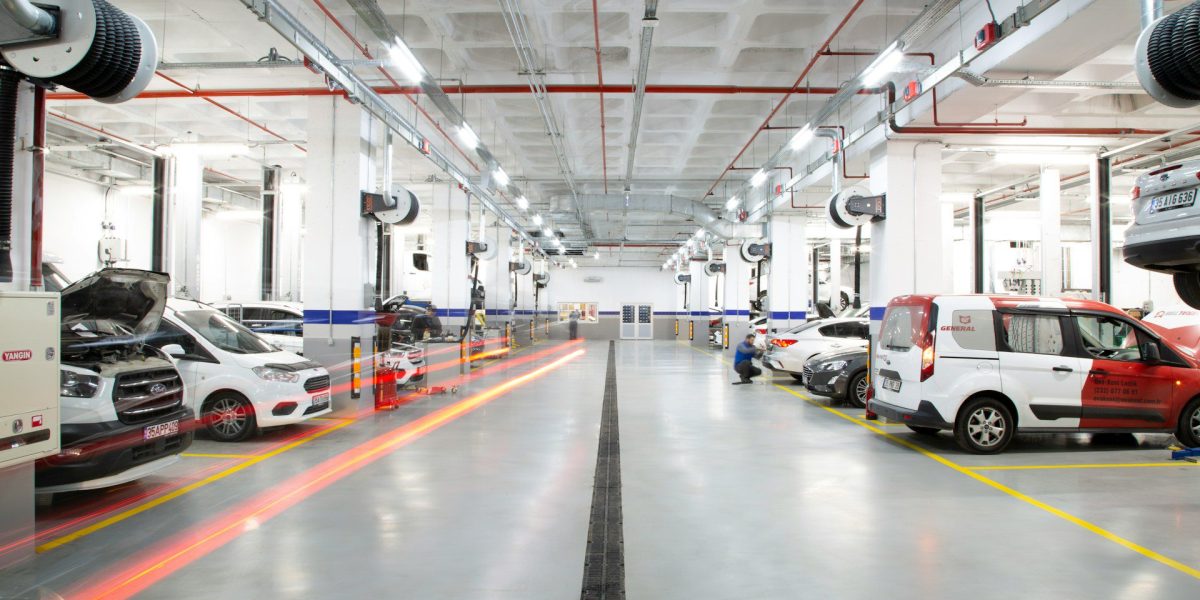Maintaining your car is essential for ensuring its performance, safety, and longevity. While many car owners are tempted to save money by tackling maintenance tasks themselves, some repairs and servicing are best left to professionals. Here’s a guide to help you decide when a DIY approach is appropriate and when it’s crucial to call in an expert.
The Benefits of DIY Car Maintenance
- Cost Savings: Avoiding labor charges can significantly reduce costs for simple maintenance tasks.
- Convenience: You can perform certain tasks on your schedule without waiting for an appointment.
- Skill Development: Regular DIY maintenance helps you understand your vehicle better and handle emergencies with confidence.
Common DIY Car Maintenance Tasks
1. Oil Changes
- When to DIY: If you have basic tools, some automotive knowledge, and proper disposal methods for used oil.
- What You’ll Need: Oil filter wrench, drain pan, gloves, and the right oil and filter.
- When to Call a Pro: If your car has a complicated engine design or you lack space and tools.
2. Air Filter Replacement
- When to DIY: Air filters are easily accessible and require no special tools. Most filters can be replaced in minutes.
- When to Call a Pro: If the filter location is difficult to access or you need additional maintenance like cleaning ducts.
3. Battery Maintenance
- When to DIY: Cleaning terminals or replacing a battery can be done with minimal tools and some guidance.
- When to Call a Pro: If there are electrical issues, frequent battery failures, or a need for diagnostic equipment.
4. Tire Maintenance
- When to DIY: Checking air pressure, patching small punctures, or rotating tires (if you have a car jack and stands).
- When to Call a Pro: For alignment, balancing, or replacing tires. These tasks require specialized equipment.
5. Replacing Wiper Blades
- When to DIY: Wiper blade replacement is simple, affordable, and requires no tools.
- When to Call a Pro: Rarely, unless related to washer fluid system repairs.
When to Call a Professional
1. Engine Diagnostics and Repairs
- Why It’s Important: Modern engines rely on complex systems that require diagnostic tools and expertise.
- Examples: Check engine light diagnostics, timing belt replacement, and fuel system repairs.
2. Brake System Repairs
- Why It’s Important: Brakes are a critical safety component, and errors in servicing can lead to dangerous situations.
- Examples: Replacing rotors, repairing brake lines, or fixing ABS-related issues.
3. Transmission Work
- Why It’s Important: Transmissions are intricate systems that require specialized training and tools.
- Examples: Fluid flushes, clutch replacements, or gearbox repairs.
4. Suspension Repairs
- Why It’s Important: Suspension affects handling and safety. Misalignment or improper repairs can worsen the problem.
- Examples: Replacing shocks, struts, or bushings.
5. Advanced Electrical Repairs
- Why It’s Important: Modern vehicles have sophisticated electrical systems that are challenging to diagnose and repair.
- Examples: Fixing sensors, repairing wiring, or addressing issues with the ECU.
Pros and Cons of DIY vs. Professional Servicing
| Aspect | DIY | Professional |
|---|---|---|
| Cost | Lower upfront costs, but risk of mistakes. | Higher costs but reliable and often guaranteed. |
| Convenience | Can be done anytime, but requires time and tools. | Requires scheduling but often faster overall. |
| Skill Level | Limited by your knowledge and experience. | Highly trained experts with specialized tools. |
| Scope of Work | Best for minor, straightforward tasks. | Suitable for complex or safety-critical repairs. |
How to Decide
- Assess Your Skills: Be honest about your mechanical knowledge and comfort level.
- Evaluate the Risk: Consider the consequences of making mistakes. Safety-critical repairs should always go to professionals.
- Check Tool Availability: Ensure you have the right tools and a suitable workspace.
- Factor in Time: DIY tasks often take longer, especially if you’re learning as you go.
Conclusion
Balancing DIY and professional servicing is key to effective car maintenance. While DIY tasks can save money and build skills, it’s essential to recognize when professional expertise is necessary to ensure safety and long-term performance. By making informed decisions, you can keep your car in top condition without unnecessary risks or expenses.
![]()

